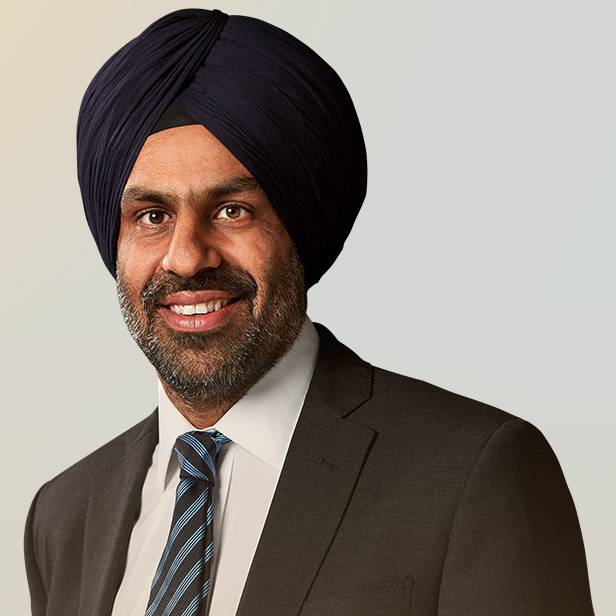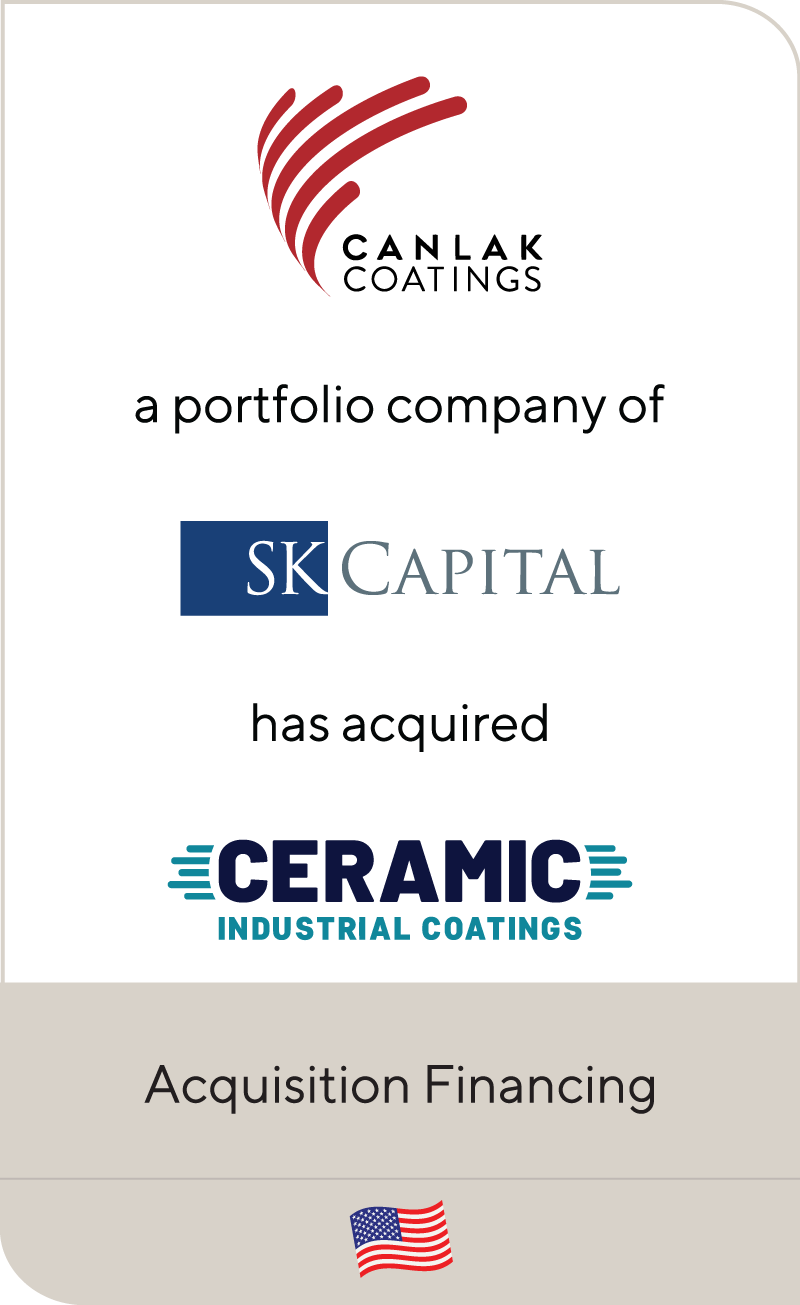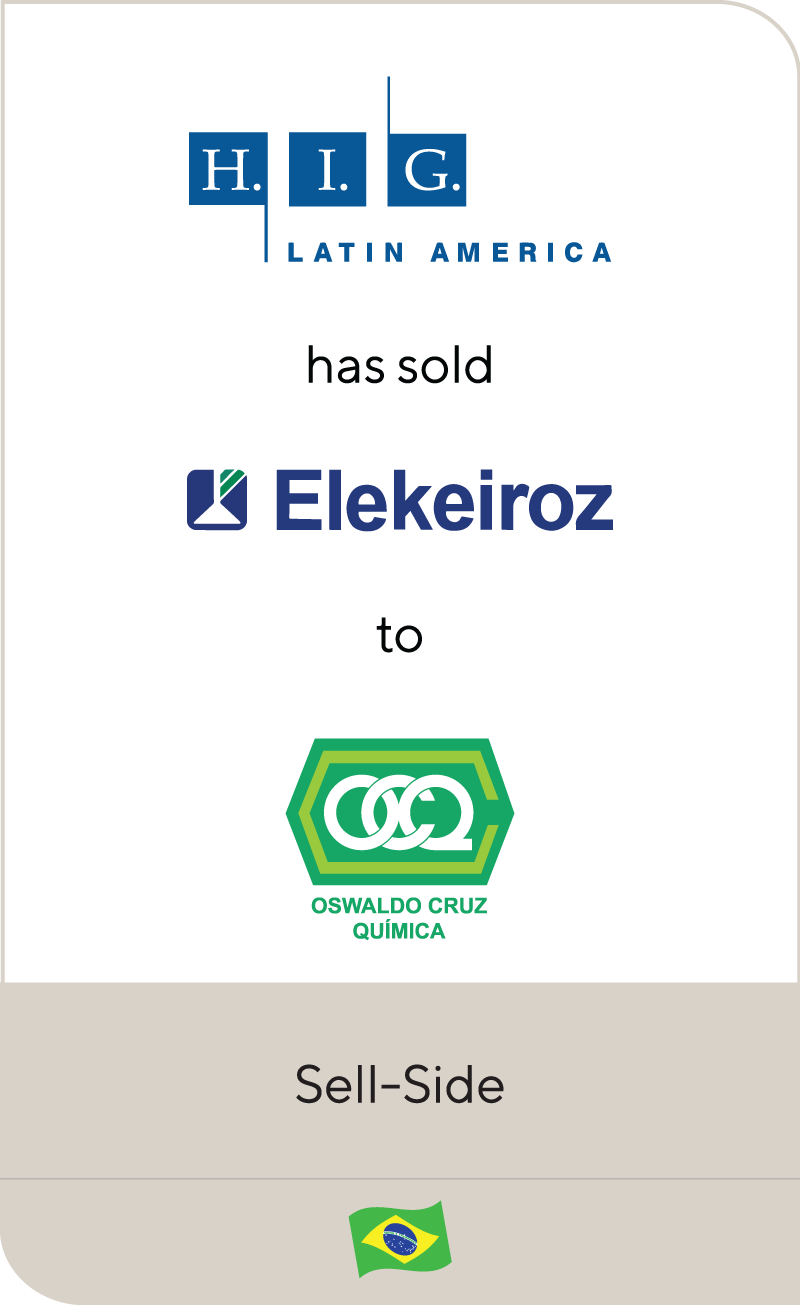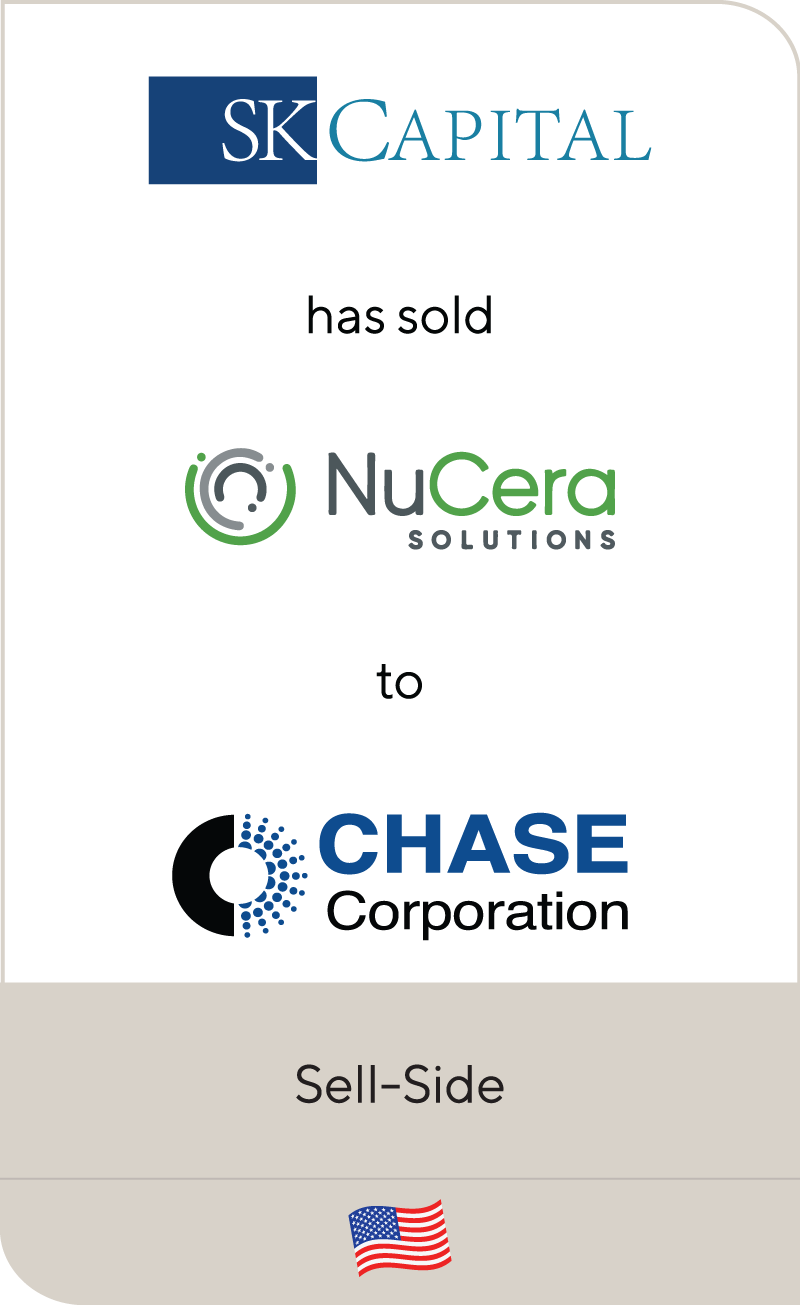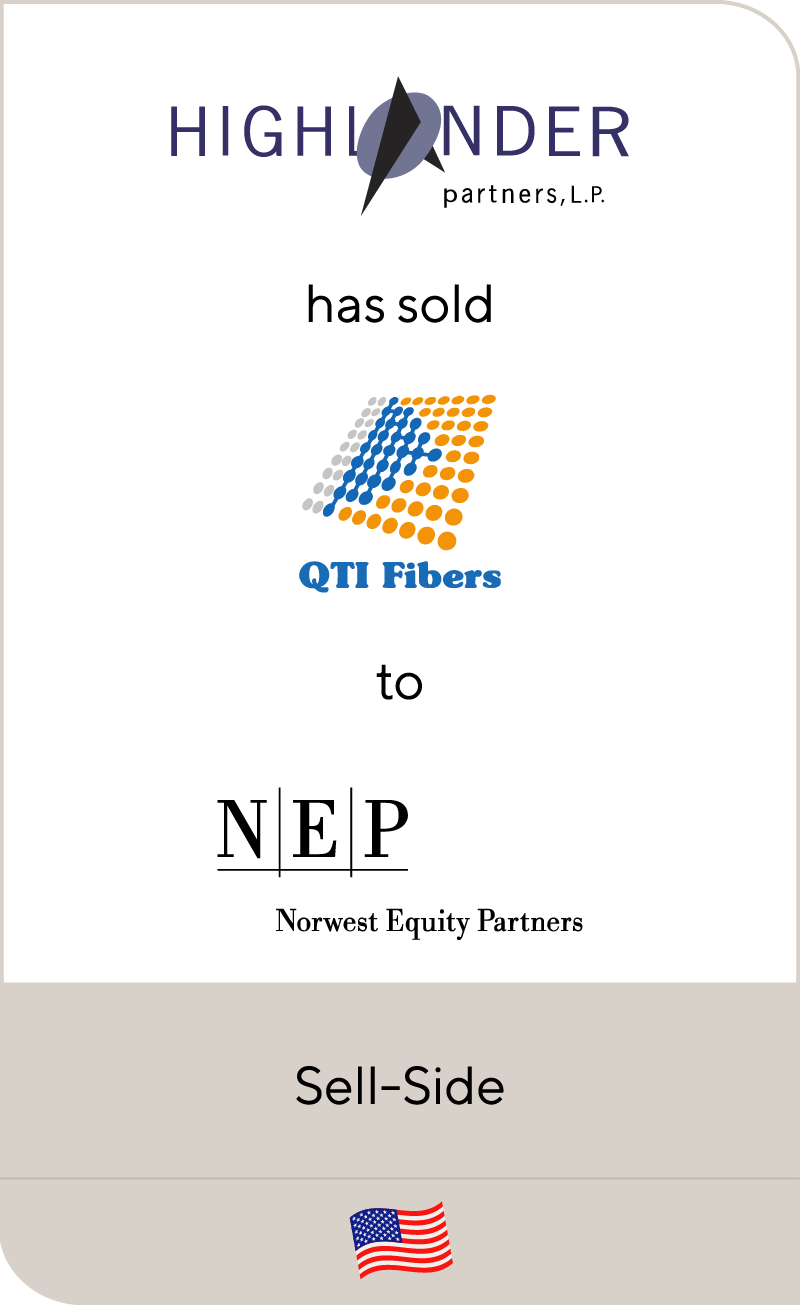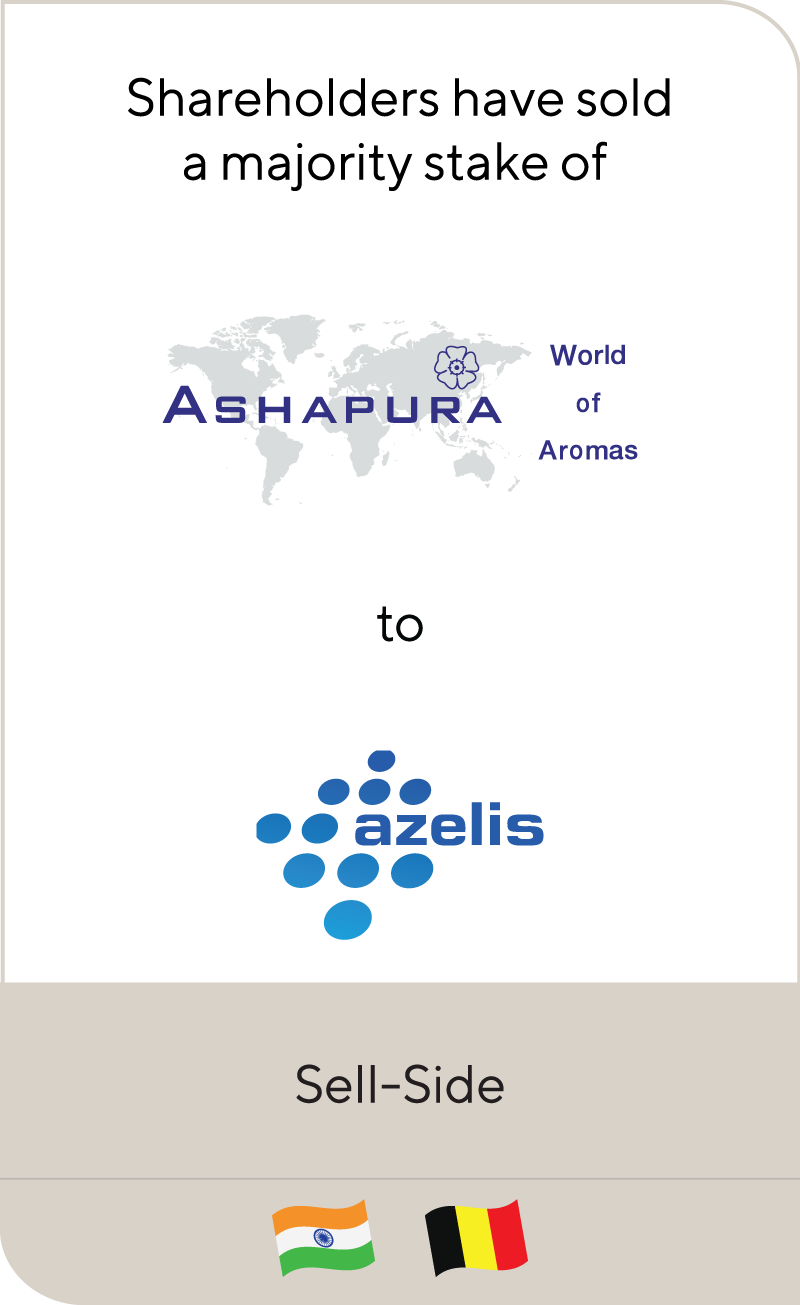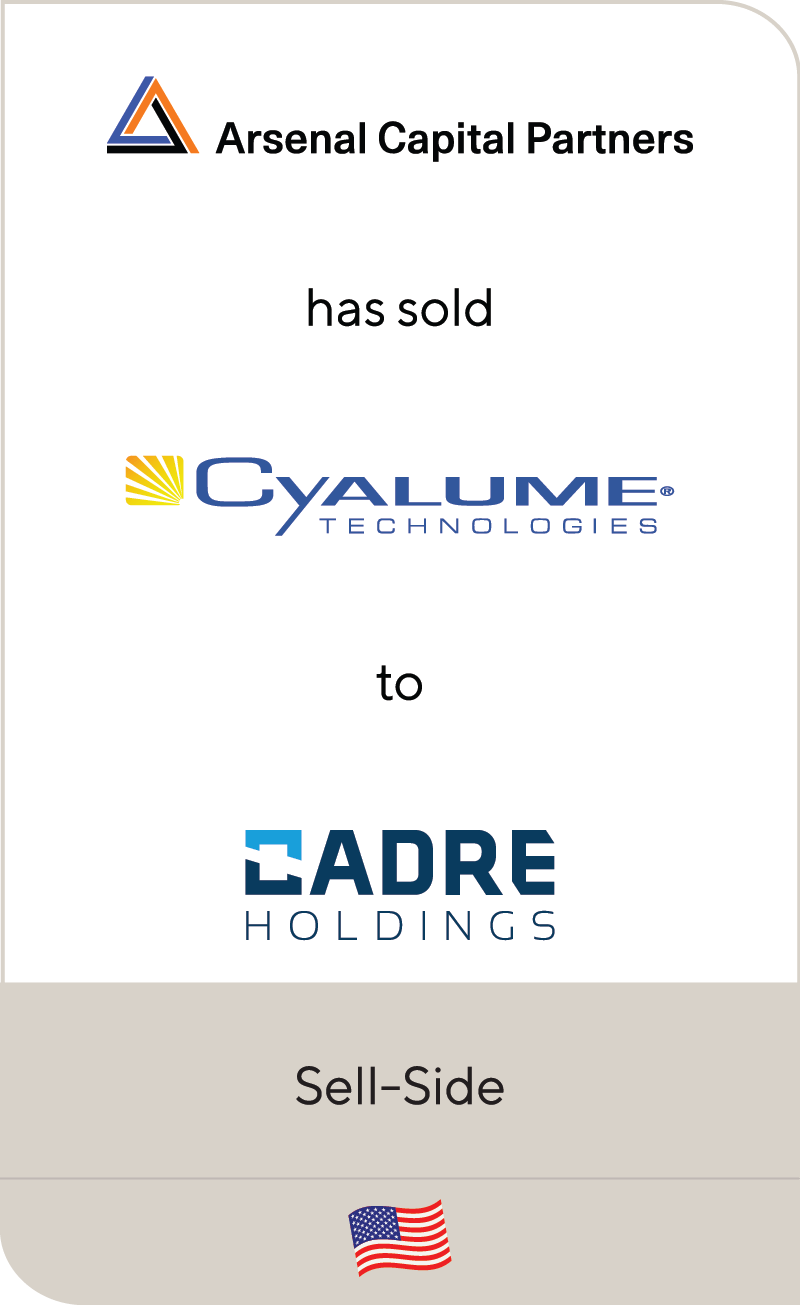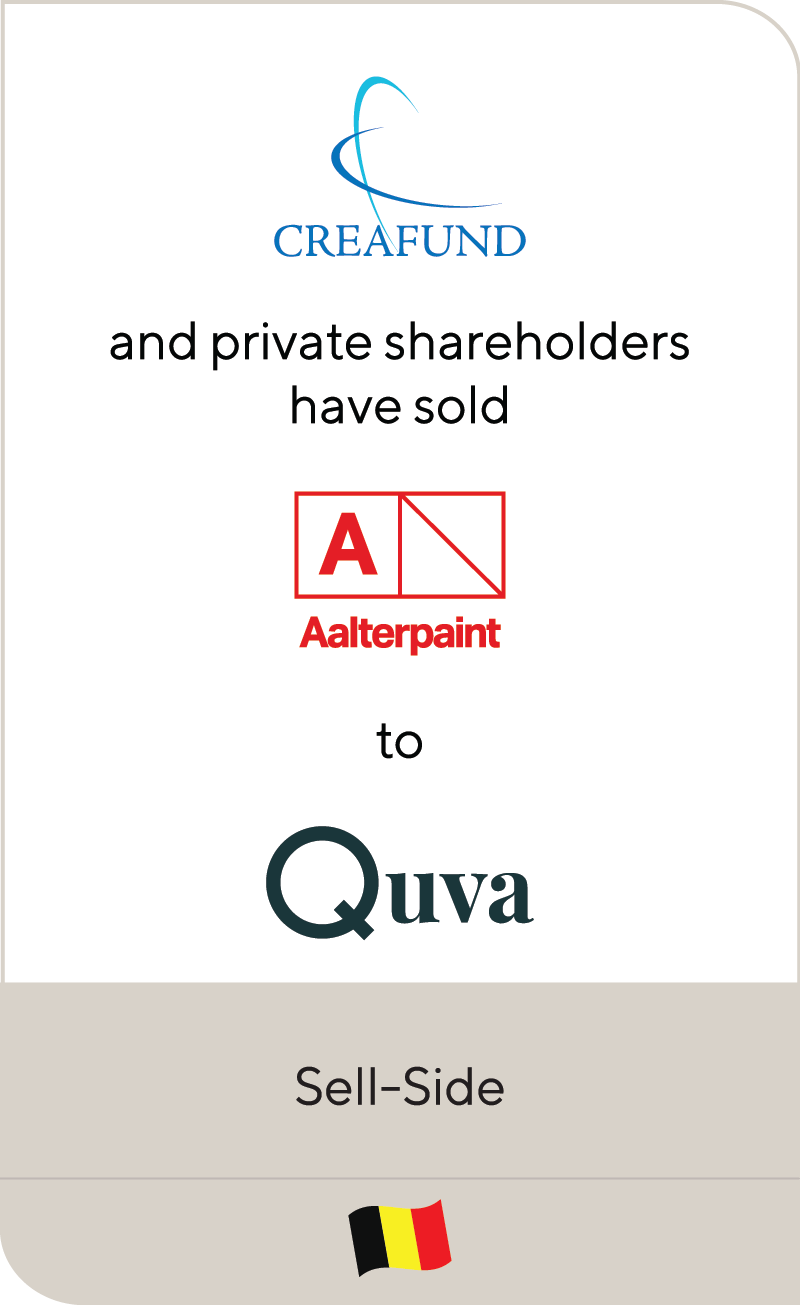A Deeper Look at the Technical Textiles Market
Aug 2022
The technical textile market is one of the fastest growing segments of the overall textile field. The market is sizable at north of $200 billion globally with GDP+ growth rates expected over the next five years. Technical textiles lead in performance and technical attributes, though frequently will have design elements interwoven as well. The market can be thought of across manufacturing processes, which primarily cover woven, knitted and non-wovens (with the woven segment still the largest of the three). For providers in the U.S. and western Europe, the ability to differentiate on technical performance attributes and provide high surety of supply is particularly instrumental.
Primary end-markets addressed by technical textiles include agriculture, apparel, construction, home furnishings, industrial, infrastructure, medical, packaging and transportation. By maintaining a diverse end-market exposure, technical textile providers are able to mitigate the impact of economic cycles and shifts in industry trends. Consumers increasingly demand more technically superior textile solutions as more time is actively spent outdoors and around the home.
The technical textiles industry is diversified and still in the earlier stages of consolidation (contrasting against other chemicals & materials segments). Major players include Coats, Elevate Textiles, Glen Raven, Milliken, Parkdale, Serge Ferrari and Unifi. There is also a broader set of advanced materials providers (such as Hexcel who is focused on the composites value chain) who cross over in areas with more traditional technical textile providers. With technical differentiation and proprietary production processes, there is white space for small players and new entrants who can support nimble research and development (R&D) processes to develop next-generation technical textile solutions.
There is significant know-how held within the production process, and it is the combination of a multitude of inputs and setups that enable the production of technical textiles. As an example, during yarn production, the exact nature and process parameters of extrusion, coating and texturizing processes have a meaningful impact on the end-product performance. Similarly, when transferring into fabric production, the manner of the weaving, heat treatment and coating will materially change the final product properties. There can also be further differentiation captured by controlling the compounding, blending and pelletizing processes in-house (though these functions can also be outsourced to dedicated providers as needed). The ability to adjust and manipulate each stage of the process can drive rapid R&D iterations to develop new solutions to meet emerging and demanding applications.
The barriers to entry provide a defensible moat to technical textile providers. These include proprietary production processes and equipment, deep R&D and design capabilities, well-regarded brands and extensive approvals and certifications. As typically an input into the final end-product, a demonstrated track record of quality and on-time delivery is particularly important in this segment. While there may be sub-brands, it is typically the end fabricators’ brand (e.g., Herman Miller) that consumers will associate with the final performance of the product, which is why dependability is so prized.
When evaluating investments in the technical textiles space, it is important to consider several recent trends:
Increasing importance of sustainability and recyclability
Consumers and investors are demanding greater accountability across the core environmental, social and governance (ESG) metrics with consumers willing to pay a premium for a “green” or ESG-friendly product. Sustainable performance can be measured across material health, product circularity, climate protection, water and soil stewardship and social fairness. Accordingly, companies continue to make commitments to better align with ESG initiatives (e.g., Elevate Textiles has committed to use 50% recycled polyester content by 2025). Sizable multi-nationals, including Google, Walgreens and Walmart, have aligned towards recognized ESG certifications such as the Cradle to Cradle® certification in evaluating purchasing decisions. There is also a push from the energy efficiency perspective where technical textiles have an important role to play. Increased legislation is driving growth towards more efficient buildings (and the protective shades and additional technical textiles deployed in them), increasing energy efficiency and decreasing costs.
Additionally, geotextiles have a growing role to play in extending the life of infrastructure projects in the wake of increasingly severe weather patterns. The U.S. federal government has invested close to $4 billion in support through the Weatherization Assistance Program and further governmental support is expected over the next decade.
Shift towards smart textiles
Smart textiles (also known as e-textiles) are a growing trend within the technical textiles segment and provide intelligent structures or fabrics, which react to external factors, including mechanical, thermal, chemical and biological impacts. There can be aesthetic benefits, such as the ability to change color in seating or apparel, to performance attributes, such as the ability to sense and adjust temperature and tension in seating applications. As part of the production processes, companies are now able to embed digital components (e.g., during the weaving process) to provide advanced capabilities. The U.S. government also has initiatives to support the continued development of smart textiles, including with the Advanced Functional Fabrics of America establishment in partnership with MIT.
Advanced medical technology textile applications
There is an ongoing push to incorporate more advanced medical textile applications. This includes using hollow synthetic fibers with nanoparticles for efficient drug delivery across the body. Advances in surgical sutures and dressings for demanding applications also show strong signs of growth. Previous development of antimicrobials built into the fabric weave is also an area that broader end-markets, such as transportation, are now looking further into as well. By incorporating the antimicrobial agents at the substrate level, there is better effectiveness and longevity over traditional adhesive applications that tend to degrade over time.
Summary
-
The technical textiles market remains highly fragmented, despite continued mergers and acquisitions (M&A) activity. With strong projected growth in such a sizable industry, we expect further activity to take place over the next several years. Ensuring there is true differentiation in technical textile applications (and their supporting production processes and related, de facto intellectual property) is important in determining the right to win and maintain production facilities in the U.S. and Western Europe. With continued portfolio pruning, there will be further opportunity for technical textile providers to restyle themselves as advanced materials providers, while the broader technical textile demand will still support further investment in the space.
- Click here to download a printable version of this perspective.
- Sign up to receive Lincoln's perspectives
Contributor
Meet Professionals with Complementary Expertise

I am resolute in providing honest, insightful and pragmatic advice to clients.
Adam Hunia
Managing Director
Chicago




